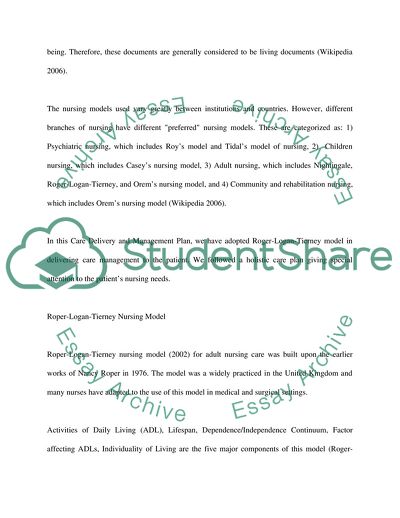Cite this document
(Care Delivery and Management: Nursing the Child and Young Person Term Paper, n.d.)
Care Delivery and Management: Nursing the Child and Young Person Term Paper. https://studentshare.org/nursing/1704764-care-delivery-and-management-nursing-the-childyoung-person
Care Delivery and Management: Nursing the Child and Young Person Term Paper. https://studentshare.org/nursing/1704764-care-delivery-and-management-nursing-the-childyoung-person
(Care Delivery and Management: Nursing the Child and Young Person Term Paper)
Care Delivery and Management: Nursing the Child and Young Person Term Paper. https://studentshare.org/nursing/1704764-care-delivery-and-management-nursing-the-childyoung-person.
Care Delivery and Management: Nursing the Child and Young Person Term Paper. https://studentshare.org/nursing/1704764-care-delivery-and-management-nursing-the-childyoung-person.
“Care Delivery and Management: Nursing the Child and Young Person Term Paper”. https://studentshare.org/nursing/1704764-care-delivery-and-management-nursing-the-childyoung-person.


